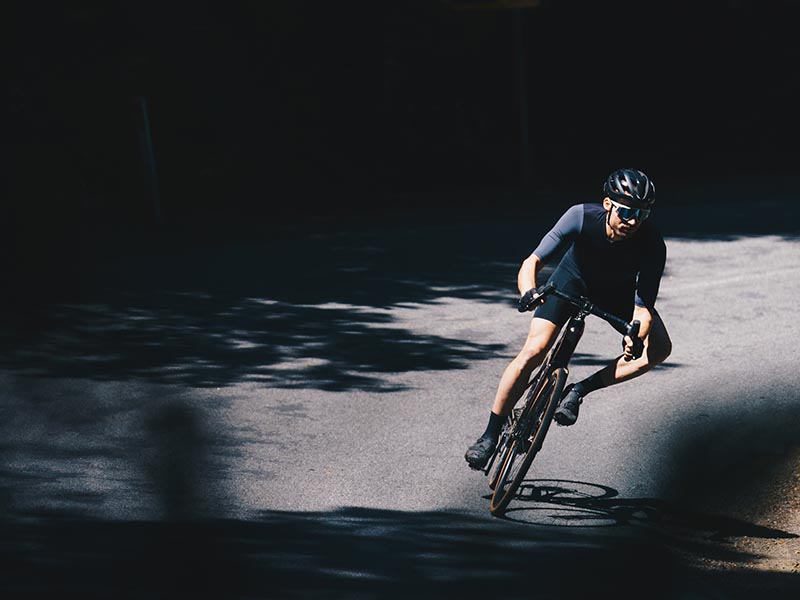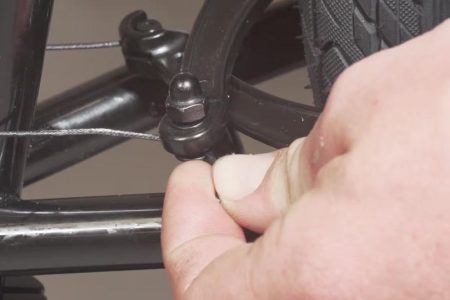Gravel biking has seen a massive rise in popularity over the past few years—and for good reason. It offers the perfect blend of adventure, endurance, and freedom, letting riders explore beyond smooth pavements and deep into nature. From weekend warriors to seasoned cyclists, more people are embracing gravel riding for its versatility and thrill.
But as fun as it looks on social media, gravel biking isn’t all scenic backdrops and effortless rides. In reality, it throws unique challenges your way that differ from road or mountain biking. From pushing through unpredictable terrain to figuring out the right bike setup, there’s a real learning curve—especially for beginners.
This article dives into the most common gravel biking struggles and offers practical tips to help you ride smarter, safer, and more confidently. Whether you’re just starting or looking to level up, these insights will help make your gravel cycling journey more enjoyable
1. The Physical Challenge: It’s Tougher Than It Looks
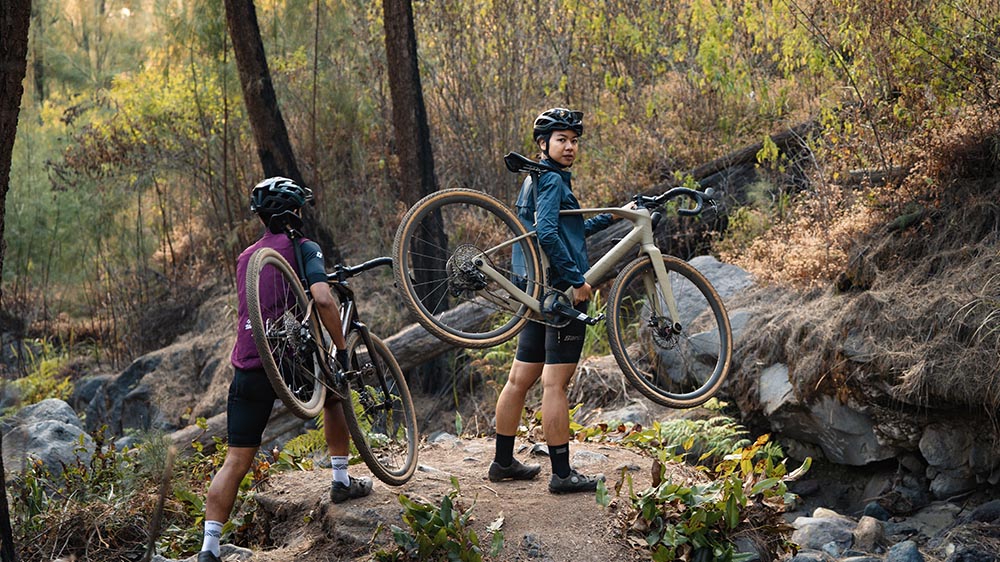
Gravel biking demands more from your body than road cycling. Riding on loose gravel or muddy paths requires greater effort to maintain balance, pedal power, and momentum on your gravel bike. Even experienced cyclists find their muscles working harder on rougher ground.
Why it’s a struggle:
- Uneven surfaces increase rolling resistance
- Core and upper body strength are constantly engaged
- Longer rides can be draining with limited smooth recovery zones
How to overcome it:
- Train off-road: Incorporate strength training and interval rides into your routine to build endurance.
- Fuel up smartly: Bring energy gels or snacks and stay hydrated.
- Adjust your mindset: Accept a slower pace and focus on consistency over speed. It’s a different kind of challenge — and reward.
2. Navigating Mud, Deep Gravel, and Rough Terrain
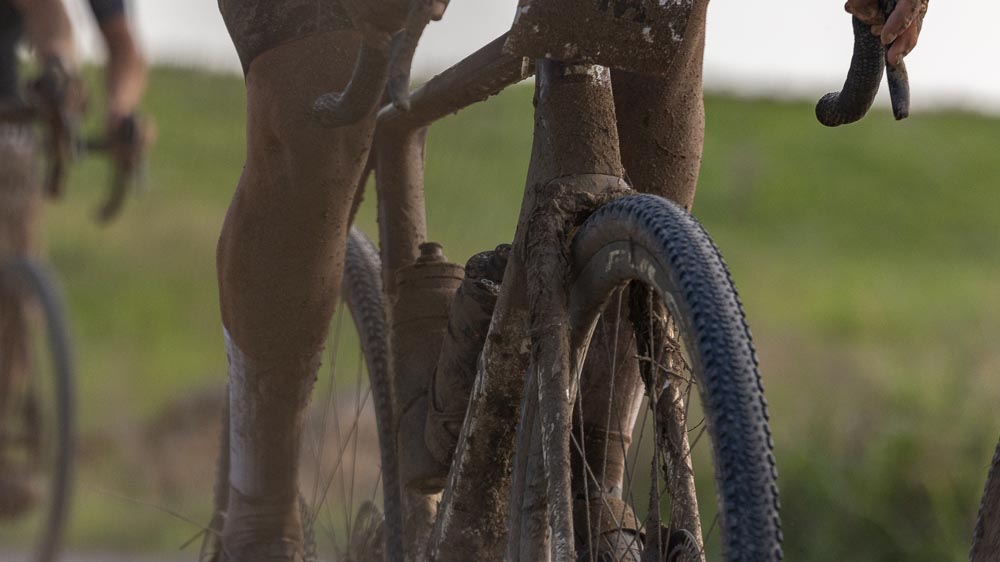
The terrain is where gravel biking truly separates itself. Riders often face unpredictable trail conditions — from thick mud and rocky sections to sand and loose gravel that can throw off your balance.
Why it’s a struggle:
- Constant changes in surface texture make it hard to maintain control
- Mud can clog tires and slow you down
- Deep gravel causes skidding and instability
How to overcome it:
- Master your handling: Lower your tire pressure slightly for better grip and ride with a relaxed upper body to absorb shocks.
- Pick your line: Always look ahead and choose the smoothest or most stable path available.
- Practice braking and cornering: Slow down before tight turns and learn to feather your brakes to avoid skidding.
3. Choosing the Right Equipment for Gravel Biking
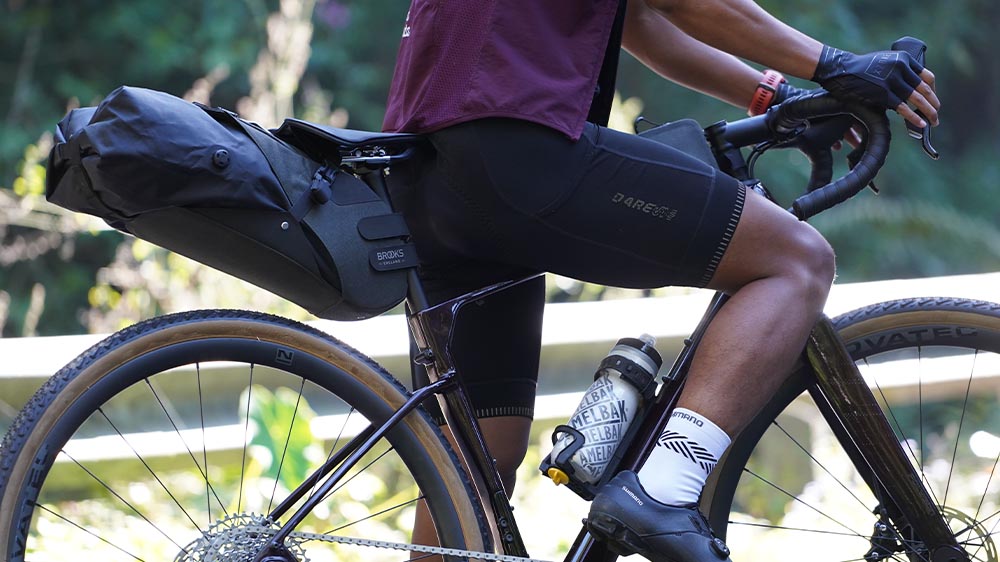
One of the biggest hurdles is figuring out what gear actually works for gravel biking. From frame geometry to tire width and even handlebar shape — there are many decisions that can impact your ride.
Why it’s a struggle:
- So many bike models and components to choose from
- Not all “gravel bikes” are built the same
- It’s hard to find a balance between comfort, speed, and durability
How to overcome it:
- Start with the basics: A good gravel bike has wider tires (35–50 mm), disc brakes, and a relaxed geometry for stability.
- Consider the terrain you’ll ride most: For smooth gravel and light trails, a fast-rolling tire works great. For technical routes, go wider with more tread.
- Visit your local bike shop or Rodalink expert: Get a proper fit and test ride different models like the Polygon Tambora series to see what feels right.
4. Safety Concerns in Gravel Cycling

Gravel biking often means riding far from main roads — and sometimes far from help. Combine that with technical terrain, weather changes, or steep descents, and safety becomes a real concern.
Why it’s a struggle:
- Higher risk of crashes on uneven or slippery surfaces
- Remote locations can delay emergency help
- Riders may overlook essential safety gear
How to overcome it:
- Always wear a helmet: This is non-negotiable. Also, consider gloves and padded shorts for comfort and protection.
- Bring tools and spares: A mini pump, spare tube, and multi-tool can save your ride in the middle of nowhere.
- Use lights and wear bright clothing: Even during the day, visibility can be limited in wooded or shadowy areas.
- Ride with a buddy or share your location: Safety is always better in numbers, or at least when someone knows where you are.
Read also: 5 Gravel Bike Speed Tips On Road
Final Thoughts: Embrace the Challenge
Gravel biking may come with its fair share of challenges, but that’s also part of what makes it so rewarding. The physical exertion, unpredictable terrain, and equipment decisions can feel overwhelming at first—but with the right mindset and a few smart strategies, they become stepping stones to a stronger, more confident ride.
Remember: gravel riding is about exploration, not perfection. Take time to understand your gravel bike, invest in quality gear, and don’t skip out on training or safety. Even seasoned riders still face obstacles, but it’s the ability to adapt and keep going that defines a great gravel cyclist.
So whether you’re climbing steep paths, rolling through muddy trails, or testing out new setups, know that you’re not alone in the struggle. Keep learning, stay prepared, and embrace the grit—because every challenge you overcome out there adds up to an even greater adventure.









